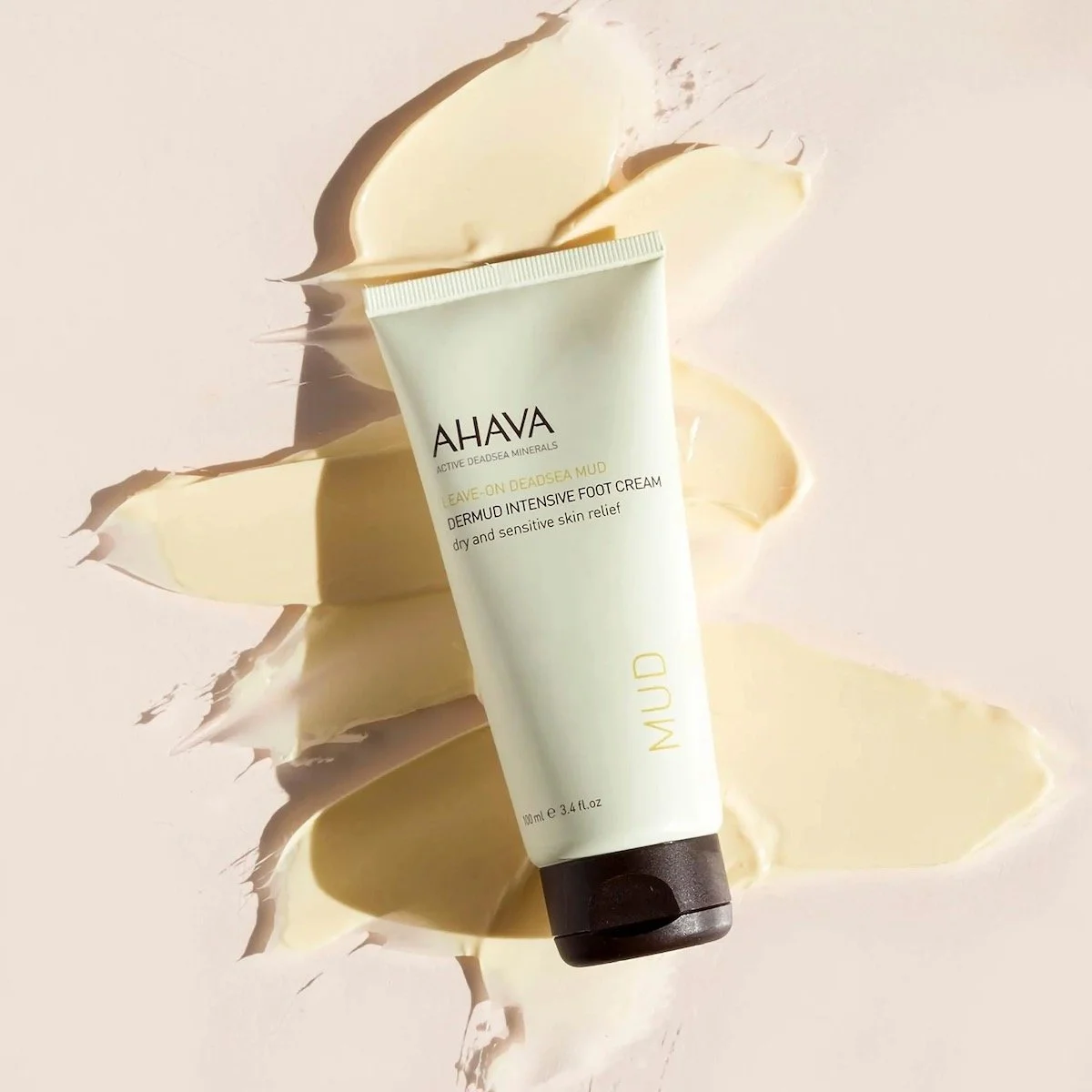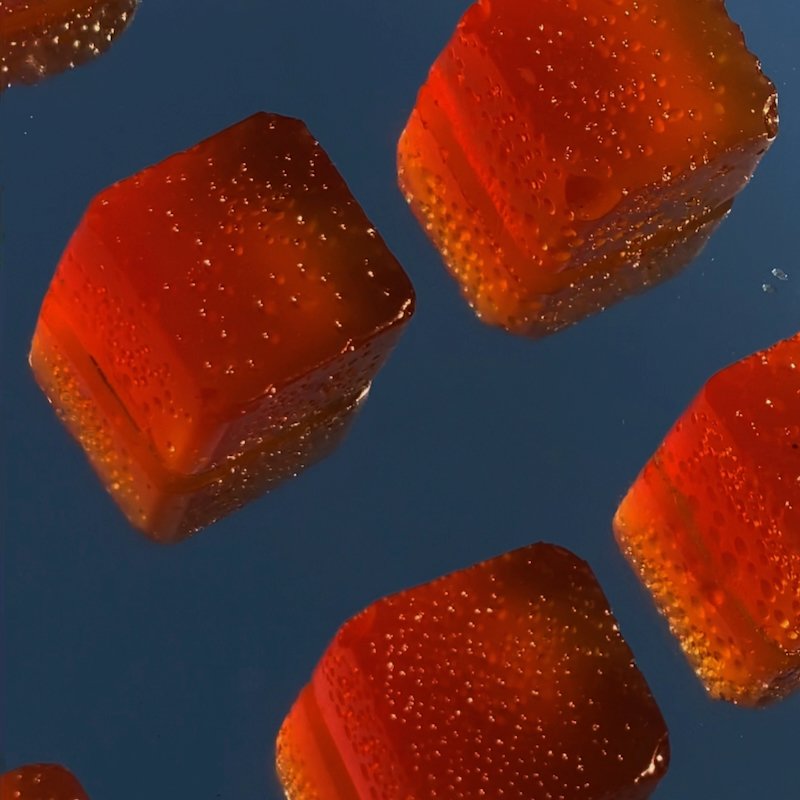Here’s The Murky Science Behind The 10 Most Popular Essential Oils
by Marissa Pomerance
Essential oils seem like modern day snake oil: potions sold as “cure-alls” by our woo-woo Facebook “friends” trapped in MLM schemes that purport to “provide opportunities for women” even though 99% of people in MLMs lose money.
And then of course there are the mystifying claims that say we should ingest essential oils because they cure cancer, but we shouldn’t even use them on our skin because we’re probably allergic to them?! (This is where I’m probably legally required to tell you to talk to your doctor before doing/believing any of the above).
So, we really wanted to write a definitive article that was like, “here are the 3 essential oils that have been scientifically-proven to actually work and here’s all the iron-clad evidence to prove it!” But alas, this is not that article. Because that rabbit hole is so murky and so endless, that we could not find truly unbiased answers.
Instead, we’re giving you a brief analysis of the 10 most popular essential oils, so you can make some more informed decisions.
Also, just a quick note to remember; essential oils are NOT the same as cold-pressed oils, extracts, or just regular ole’ whole plants and flowers. They are highly concentrated, which is what makes them so potent, and potentially beneficial/dangerous. So no need to worry about your oregano-spiced pizzas or lavender-scented lotions.
1. Lavender Oil
The Good: Ahh lavender oil. I bet you can imagine the smell right now. Don’t you feel calmer just thinking about it?
Turns out, this one’s pretty legit; lavender has real aromatherapy benefits. And yes, we also know that “aromatherapy” sounds like a meaningless word tacked onto spa menus so they can upcharge you $20 for no discernible reason. But in this case, “aroma” “therapy” is a real thing.
Science confirms what we all know deep down—we find the scent of lavender oil to be calming. Multiple studies have shown that it can help reduce anxiety. And some studies have shown it can be particularly helpful for sleep, which is why we like rolling a lavender-based essential oil blend onto our wrists, or spritzing a lavender-scented pillow spray on our sheets before bed.
The Bad: While lavender oil is generally considered safe to use, it’s been found to be potentially estrogenic, and has been linked to breast enlargement in pre-pubescent boys (when used over long periods of time). Like most essential oils, it can be potentially irritating to the skin, or cause an allergic reaction for some, and should only ever be ingested with supervision.
The Usage: According to Healthline, you can use it topically (diluted or undiluted, but it’s always best to try it diluted first to see if you may be sensitive to it), diffused for aromatherapy, or ingested in pill/capsule form with medical supervision.
2. Peppermint Oil
The Good: This is one of the few essential oils that have been deemed relatively safe to ingest in moderation (though please still talk to your doctor before ingesting anything).
Some studies have shown that peppermint oil (often in capsule form) can be an effective salve for IBS and stomach pain. Peppermint capsules might even help people who have trouble swallowing, or suffer from esophageal disorders. And some very small, limited studies have suggested it could help relieve pain, headaches, and maybe even spasms when applied topically.
The Bad: Though peppermint oil is also generally considered safe to use, ironically, some of the side effects can be heartburn, nausea, and stomach upset. It can be toxic in large quantities, and it should be generally kept away from kids and pets.
The Usage: It can be taken orally in moderation, applied topically diluted, or safely diffused for aromatherapy.
3. Tea Tree Oil
The Good: If you’ve ever heard anything about tea tree oil, you’ve probably heard that it has “antimicrobial properties.” And that is…accurate.
It’s been shown to be an effective natural acne-buster, antifungal treatment, and salve for athlete’s foot, lice, and dandruff. I guess all those brands who make tea tree oil soaps and shampoos aren’t lying to us?
The Bad: Taking it orally can lead to some serious side effects. Topically, if it’s not properly diluted, it can potentially cause skin rashes and irritation. Like lavender oil, tea tree oil can also be potentially estrogenic. It can also be toxic to dogs.
The Usage: Just note that this one should NOT be swallowed, and can be pretty potent, so diluting it is always a good idea before using topically. In terms of diffusing, it’s…OK, but not an ideal use, and can have some side effects.
4. Lemon Oil
The Good: There have been some small studies showing that it can be a mood booster, helpful for anxiety, and even potentially help decrease agitation amongst dementia patients.
In aromatherapy form, it may help nausea, especially morning sickness, alertness. And topically, some believe it has antimicrobial properties, which is why many people like to use it for cleaning.
The Bad: Like most citrus essential oils, it has the potential to irritate skin, and make it more sensitive to sun. Any citrus essential oil, like lemon and bergamot oil, should be kept away from dogs. And while people may love to add a few drops to vinegar for a natural cleaning solution, there’s not really a ton of evidence that it effectively kills germs— mostly, it just makes things smell fresh.
The Usage: Lemon essential oil should not be ingested—it should be applied topically (diluted) or used as aromatherapy. For cleaning, it may not rival the effectiveness of bleach, but nothing we read suggested it wasn’t safe for cleaning.
5. Oregano Oil:
The Good: There are a handful of very, very small studies that suggest oregano essential oil might be antibacterial and a natural antibiotic--some believe it can even treat yeast infections, improve gut health, reduce inflammation, and kill food-borne parasites and germs. It’s also a potential antioxidant (like fresh oregano!).
The Bad: The problem? WebMD says that there’s just not enough evidence to back up any of these claims (some of which were sponsored by oregano oil manufacturers). And when taken orally in large doses, it can be toxic and upset the stomach.
The Usage: Honestly? Since we’re not sold on the benefits of ingesting oregano oil, applying it topically, or diffusing it, we’ll stick to fresh and dried oregano in our cooking, thanks.
6. Bergamot Oil:
The Good: Like most oils on this list, bergamot smells gorgeous. And of course it makes us feel great when we inhale the scent because who doesn’t have a moment of pure bliss upon inhaling lovely, citrus-y scents? According to Healthline, there have been studies on bergamot oil’s effectiveness for skin, hair growth, stress, pain, bacteria, and cholesterol.
The Bad: A lot of studies were inconclusive, and some were straight up sponsored by essential oil companies. When not properly diluted, it can irritate the skin or make it more sensitive to the sun. It can also interact with medication, so that’s fun! Like lemon oil, bergamot is a citrus essential oil, so it’s not safe around dogs.
The Usage: Dilute to use topically, diffuse as aromatherapy, and don’t ingest. Make sure to ask your doctor if it interferes with any medication, and be cautious diffusing around kids or pets.
7. Eucalyptus Oil:
The Good: Eucalyptus oil is considered to be antimicrobial, and there’s some science suggesting that Eucalyptus oil can be helpful for pain. There’s also some preliminary science that it can help alleviate some symptoms of asthma and bronchitis when applied topically or inhaled. It can also be an effective mosquito repellant!
The Bad: While plenty of us inhale eucalyptus oil in the hopes that it’ll “clear” our air passages, WebMD says there is insufficient evidence that scientifically proves its use for asthma, bronchitis, or pain. And ironically, if you have asthma or lung issues, inhaling eucalyptus oil might be a trigger. Confusing!
The Usage: This one definitely needs to be diluted before using, is not safe to ingest, and should be approached with extra caution when used for kids. However, a few drops in a diffuser, some steam, or a bath are probably safe if you don’t have a history of lung issues.
8. Chamomile Oil:
The Good: Healthline cites a slew of studies claiming that chamomile oil is beneficial for everything from pain to sleep. It seems particularly useful for digestive upset, anxiety, and pain relief.
The Bad: The above article also talked about its “anti-cancer properties,” which is a huge red flag for any skeptic. We also couldn’t find too many legit sources backing up these claims. Chamomile tea, however, is a different story—there are a ton of articles touting its benefits.
The Usage: While chamomile essential oil is generally safe when applied topically or diffused, for now, we’re going to stick to our soothing, proven-to-be-beneficial chamomile tea.
9. Rosemary Oil
The Good: Surprisingly, there are a lot of studies suggesting that rosemary essential oil can be great for brain health by aiding memory and boosting brain performance. It might even be beneficial for scalp health, hair growth, pain, stress, and inflammation.
The Bad: Snopes says that the claims about rosemary’s memory benefits are overblown, and other medical sources claim that the science is very limited on the rest of its benefits. So while WebMD says rosemary aromatherapy is “possibly effective” for improving memory in young adults, there’s “insufficient evidence” to prove it does anything else.
The Usage: Diffuse or use topically, diluted.
10. Ylang Ylang Oil:
The Good: While this is easily one of our favorite scents of all time, it’s also one of the least “proven.” A few very, very small studies have shown it can be helpful for anxiety and help boost mood, and could even have a sedative effect. Basically, smelling it relaxes us—not shocking, right?
The Bad: There aren’t a lot of human drawbacks to this one, but like most other essential oils, it can be a potential allergen for some, and irritate the skin when applied topically (if not properly diluted). It can also be poisonous to pets. Eek!
The Usage: Dilute for topical usage, and diffuse away (just maybe not around your pets). Not a lot is known about ingesting it, but it’s probably safer not to.
TL;DR: essential oils smell lovely. They’re mostly fine to use in diffusers, or topically (diluted!) on the skin, particularly for relaxation. For the rest? Well, you’ll have to decide for yourself.
Marissa Pomerance is the Managing Editor of The Candidly. She’s a Los Angeles native and lover of all things food, style, beauty, and wellness. You can find more of her articles here.
















